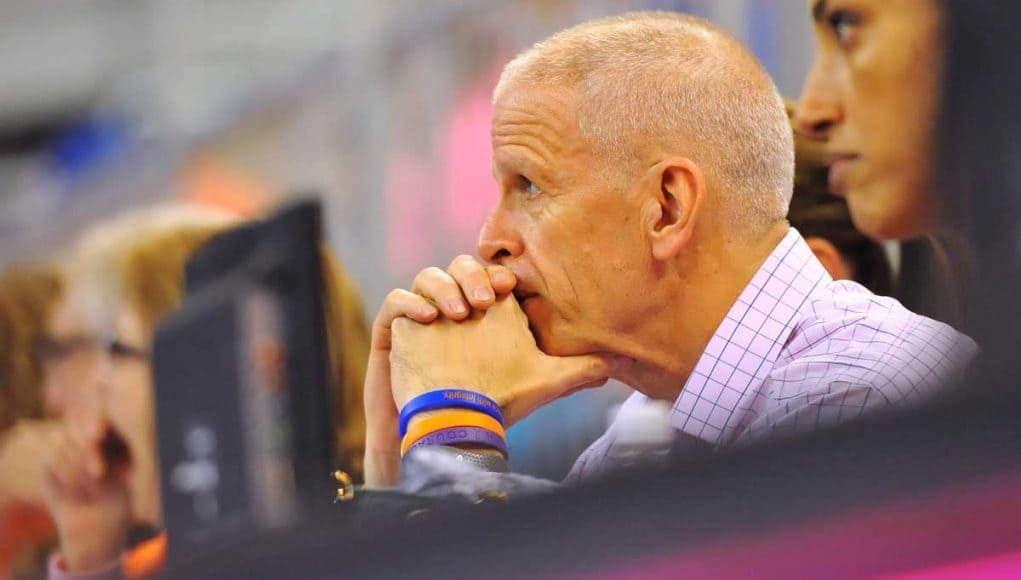The traditional “full ride” scholarship covered things like tuition, fees, room and board and books, not to mention the opportunity to earn a college degree. The traditional “full ride” that is common vernacular is known as a grant-in-aid. A college degree is becoming more of a prerequisite in the working world, but still, for many people across the country, the expense of going to college just isn’t in the cards for them and earning a scholarship through athletic ability is an opportunity to better their lives.
However, just because a student-athlete is on scholarship does not mean they are a robot that will wake up, go to class, meetings, lifting, practice, back to meetings then back to a dorm room to do homework before turning in at night and doing it all over again. College, even for student-athletes, is a time to explore, make friends, find out who you are, what you want to do and be in life and even a student-athletes, whose schedule is jam-packed with obligations, has the opportunity to have a social life.
This is where the scholarship money doesn’t come in. You want to go to the movies with friends? That ticket isn’t covered by your scholarship. Did you meet a nice girl that you want to take out to dinner? Well, good luck finding the money to do something like that when you don’t have time or, in some cases, aren’t allowed to have a job outside of your athletic and scholastic obligations.
Taking these things into consideration, the power conference voted to pay student-athletes the “full cost of attendance.”
This is a great step in the right direction to take care of the athletes that make millions of dollars for universities across the country, but schools are trailblazing here, they’re in unchartered waters and don’t really know what to expect. One common misconception is that this entire concept is being run and controlled by the athletic departments of schools, when, in fact, the cost of attendance is federally regulated and each state has certain criteria they use to calculate the cost of attending an institution.
“It impacts every campus a different way. This is not just an athletic conversation. I think some fans think it is, it’s not,” University of Florida Athletic Director Jeremy Foley said. “The cost of attendance is on everybody’s web site, it’s determined by the financial department, there’s disparities throughout the country, obviously throughout the league, obviously throughout the state.”
Taking the state of Florida for example. The cost of attending the University of Florida Gators is approximately $17,230 dollars; the full cost of attendance will be about $20,550, a $3,320 dollar difference per athlete.
And this isn’t just for football players, this is an opportunity to provide a full cost of attendance scholarship to more than 300 athletes at the University of Florida, an endeavor that is not required of the institution, but one that Foley plans to meet.
“We have a year to have conversations with people on campus, but again let’s say you change that a thousand dollars for our athletes,” Foley said as an example. “We have 300 scholarships, that’s $300,0000. There’s 48,000 students here. I don’t know how many people get involved in cost of attendance, how many people get awarded cost of attendance, but it’s more than 1,000 people, someone is going to have to pick up that nut. Well, dollars are precious everywhere. We’ll just see how it goes.”
For now Foley and the rest of the power five athletic directors are playing a wait and see game. The initiative to pay college football players a true full cost of attendance is in the infancy stages; nobody truly knows how it will play out.
Can the discrepancies created by the government who uses their own method to determine cost of attendance for each institution be used as a recruiting tool? You bet. In the world of college football where coaches are paid a small fortune every opportunity to find an exploit will be found, but getting down to what this initiative is really about is making sure that the student-athletes are able to live comfortably not just on the field but off it as well.
Take the good with the bad and giving student-athletes a little more pocket money is a good start.



Pay student-athletes state minimum for the 20 hours aloud by ncaa rules to practice each week just like the students working in the library or food service or all the other offices on campus. That would put spending money in their pockets for incidentals. This would not cover full cost of attendance but would give each discretionary monies to make student-athletes life more enjoyable.
gatorcp
Talk about a slippery slop, this could get out of hand quickly. I have all the confidence in Mr. Foley, when he first came to Gainesville, we all knew he was going to be something. During the off season, he would hang out with a lot of the athletes at the Red Lion and just learn, sport after sport. Anytime money get involved with young athletes, careers will be in jeopardy, just be careful. There will have to be some type of line item accountability in the forming of this program.